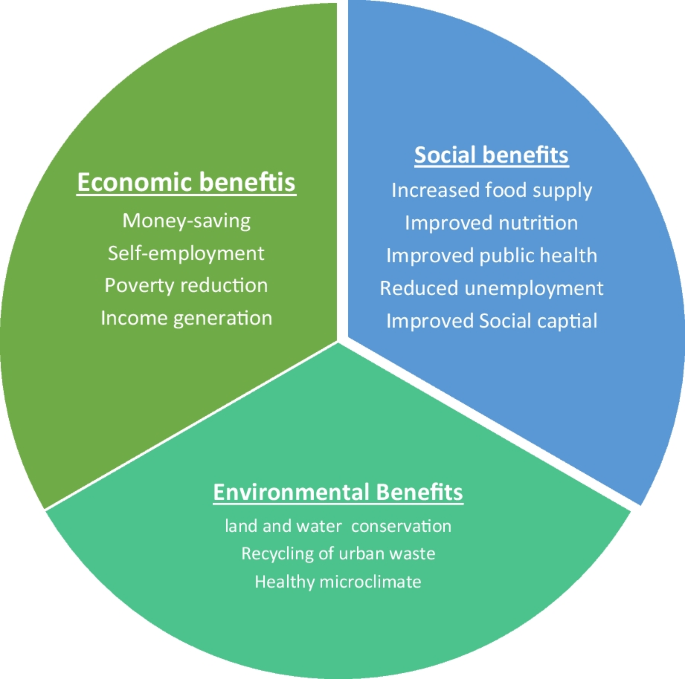The 8-Minute Rule for City Blooming
The 8-Minute Rule for City Blooming
Blog Article
See This Report on City Blooming
Table of ContentsHow City Blooming can Save You Time, Stress, and Money.Get This Report about City BloomingSome Ideas on City Blooming You Should KnowCity Blooming for BeginnersThe Main Principles Of City Blooming
Nature has amazing results on our physical and mental wellness, so it's no shock that an easy succulent on a desktop computer or some potted herbs on a windowsill can quickly improve a room. Take those plants an action further, and you'll cross right into the area of urban gardening, which brings a lot more benefits to people and areas alike.What Are Urban Gardens?Urban horticulture, sometimes referred to ascity horticulture, is defined as "the procedure of growing environment-friendly rooms in city settings. "It encompasses a selection of tasks from urban farming to outdoor patio gardens to area gardens - landscaping. Urban yards can be tended by people, teams, firms, or organizations. The amount and selection of food grown can vary extensively, along with the dimension of the project itself, but metropolitan gardening campaigns are all rooted in a city setup.
Whether they contain a collection of pots on a veranda or a cluster of stories on an uninhabited great deal, these yards give more than food, offering a host of environmental, financial, and social benefits. Due to the fact that fruit and vegetables is expanded in neighborhood setups in contrast to far-away farms, city horticulture reduces transport demands, therefore minimizing carbon exhausts.
The Ultimate Guide To City Blooming
Lasting and natural farming removes or decreases much of the environmental harm that would be incurred by industrial agricultural approaches. Eco-friendly areas in cities assist lower the metropolitan heat island impact. Urban agriculture boosts regional economic climates and supports neighborhood food manufacturers. Community horticulture projects often offer food at little or no charge, which aids strengthen food spending plans and boost food security. Urban gardens can be devices of social change that address inequities, systemic bigotry, and area growth concerns. Below at Hunger For Change, we utilize food as a device to develop health and wellness, wealth, and social adjustment in North Minneapolis. We bring individuals with each other to discover, prepare, consume, and grow food, creating adjustment that lasts.
Together, we can produce well-rooted and growing change!.

The main lesson we, once again, have to discover is that cities are not divorced from nature. https://www.cybo.com/US-biz/city-blooming. While these areas of research advertise cities as valuable, no city is perfect not also close, and the vulnerabilities and interconnections of the international supply chain has impacted all of us in unpredicted ways.
The smart Trick of City Blooming That Nobody is Discussing
I will check out models from the past that promoted urban gardens and garden enthusiasts, and reveal what worked and what did not. I will review the opportunities and difficulties of being a metropolitan garden enthusiast, what is required to establish up a garden of your very own, and what legislations and standards stand in the method of making cities better at advertising city gardens.
The quantity of time wasted reaching and from typical work environments has actually been well recorded. One noteworthy research study ended that before the pandemic, Americans threw away approximately 54 hours a year travelling. The gathered unfavorable results of pollution and stress that result from travelling alone by car as many Americans do are considerable.
The capability to come to the workplace for partnership and culture, and stay home for concentrated work is an idea that conserves time, is better for the atmosphere and is a smarter use of restricted sources. What hasn't yet taken hold is the link between these changes in actions and how cities could respond.
Getting The City Blooming To Work
What are the health and wellness impacts of our cities unexpectedly overdesigned for cars? Exactly how can our city framework (roads, utilities) execute far better, not only as channels to move individuals and goods, however as factors to natural systems? Urban sensations such as smog, inadequate Going Here water high quality and the 'warmth island effect' can be minimized by greening our streets, electrifying our cars and growing our car park.
In a current article in the Wall surface Street Journal, Richard Florida talked about the sensation of 'zoom cities,' which draw in remote workers by producing an image of a better of life (balcony and patio garden design). He composed: "For cities, remote job transforms the focus from tempting business with unique deals to drawing skill with services and facilities
Urban gardening now has several alternatives to assist you grow food wherever you have area, such as with container horticulture, hydroponic gardening, and roof gardening. This implies you can control the area where you expand the food, and worry less about ecological problems like dry spell or chilly weather condition. You can choose what you intend to grow, how you wish to grow it, and where you desire to expand.
City Blooming for Beginners
Growing mass-produced food with typical farming methods takes a whole lot out of the world. Past the numerous sources that are used on the farm, the food after that has to be delivered where it is expanded to a shop near you. That needs burning a whole lot of fuel. Generally in the U.S., food is now moved in between 1,500 and 2,500 miles to reach the customer.

Report this page